The future business trends will surely be determined by the intelligent production technologies, the consumption culture and the emerging design approaches. Industry 4.0 covers automation systems, data analysis, and production technologies. In a production system where robots are central, we witness the development of human-machine communication, real-time information systems, and algorithmic decision-making. Technical advances enable cheaper products with high quality and minimum waste.
Unavoidable Business Trends for 2020 and Beyond
On the other hand, the value of design is greater and more critical than ever. Because technology for sake of itself has become meaningless. The rise of alternative values around the world pushes us to search new meanings for technology in terms of humanity, society and the planet and develop new business trends.
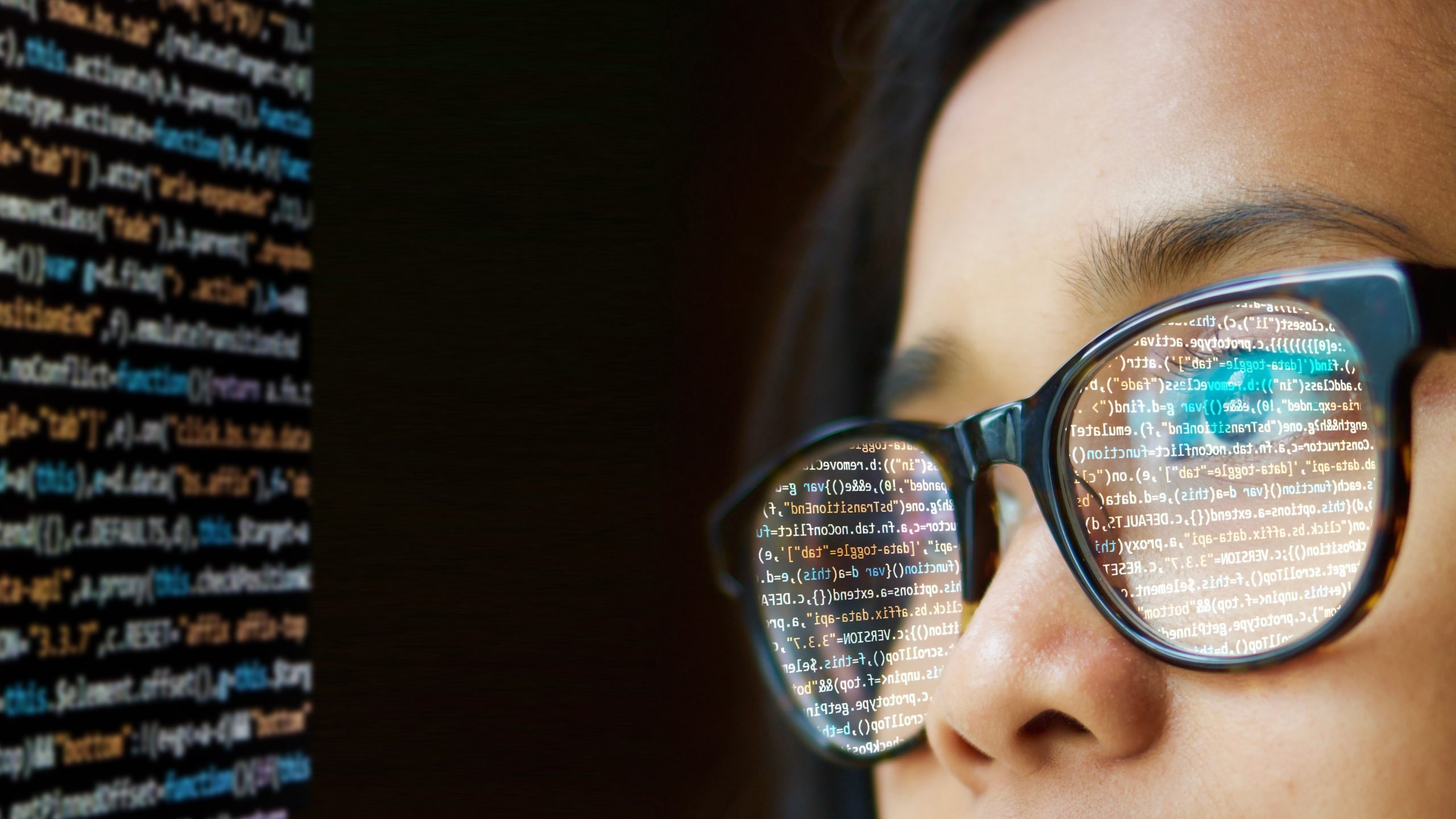
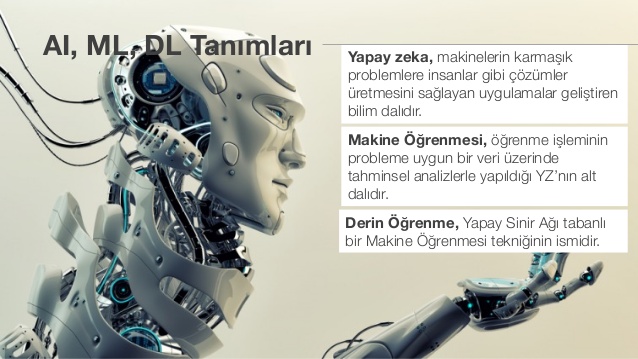
From Human Centered Design to Life Centered Design
The results of profit-oriented growth made us rethink our production and consumption behaviors and develop new business trends. Today, consumers support transparent production processes with a concern for sustainability. There is a tendency towards products that embrace the “design for life” approach and focus on social benefit rather than personal satisfaction. Therefore, the human centered design concept evolves into the life centered design.
The traditional principles of design, desirability, feasibility and viability, are now based on a collective understanding. Desirability used to be what the user or customer wanted individually, but now they are making more conscious choices about whether products support a sustainable life or a commercial war. Feasibility used to be determined by physical materials, digital production and consumption, but the shift toward environmental and social impact in business trends is becoming more and more influential.
It is true that digitization has radically changed our perception of what is possible. However, in the physical world, consumer behaviors are changing and the demand for environmentally friendly materials remarkably increases. Mater, a Danish design brand, incorporates recycled plastic and aluminum into the production process of housewares, consciously making an emphasis on sustainability. In fact, we can’t state that life-centered design eliminates human-centered design. Because as users become self-aware of their environmental impact, human-centered design concept is redefined.
Design has the power to change human behavior through introducing new products, services and business models. Alternative production methods, carbon footprint calculations, ethical sourcing and procurement processes are now openly discussed. In the upcoming period, it will be necessary to redefine design thinking methods by incorporating both the needs of the user and environment.


Corporate Social Responsibility Becomes the Norm
Over the years, financial growth has been the biggest criterion dictated by capitalism. However, alternative values start to arise in new business trends in the corporate culture. Recognizing that there is an end to natural resources has revealed the need to reevaluate production methods. Investors and consumers are beginning to assess different growth criteria in their business trends. They now take environmental, social and political impacts into account. Therefore, organizations are seeking more fair, egalitarian and sustainable business models. Sodexo is working towards reducing food waste and incorporating the results of their actions into the corporate success criteria. We are entering a period in which the cost of a product or service is calculated with the concern for environment and sustainability. For the year 2020 and onwards, we need a change of a parameter within the functioning of the capitalist system.

Demographic Transformation and Changing Consumer Profile
According to the data of the United Nations, global population aged 65 and over will constitute a significant proportion of the world’s total population in the upcoming years. Designers have a critical role in meeting the needs of the consumers in this global demographic shift. With the Baby Boomers generation having a large share of the total population, innovative ideas for products and services will develop. The effects of this demographic shift are already started to be seen on technological platforms. The economic impact of the baby boomers continues to affect economic activity. They have more disposable income and purchasing power. This generation refers to those born between the years of 1946 to 1964. OXO and Alibaba have started to design interfaces that can properly interact with the growing elderly population around the world, and further developments in this direction are likely to continue.
However, companies should generally avoid making assumptions based on age groups. Because the tendency towards the alternative values mentioned above does not only cover the Millennium generation. On the contrary, changing consumption behaviors affect people of all ages as we become more aware of our impact and responsibility on Earth. Therefore, organizations will need to pay much more attention on how to communicate with consumers of all generations and how to design their products.

3D Printers are Now Mainstream, Where Will 4D Printers Take Us?
We all know how effective virtual reality is in our daily lives. Starting from the year 2020, the digital and physical worlds will no longer be separate from each other. Instead, they will be intertwined. 3D printers and scanners are now accessible and affordable for the masses. Thus, the digital environment enable customization at the ease of our homes and shape our physical world. Shapify take 3D scans of customers’ body and turn them into toy-like figures.
As 3D printers become widespread, the way we perceive ourselves, the environment, the products and the services are changing accordingly. 4D printers take this transformation to a different level and are expected to be discussed more frequently in the future. 3D printers produce objects that retain their fixed shape, whereas 4D printers produce materials whose shapes, colors, sizes, and motion patterns can change. 4D printers will have a profound impact on manufacturing techniques, and be widely used for transportation and medical purposes.

Among the Emerging Jobs for 2020: Everything Based on Data
If your grandmother easily understands what your job is, then it is likely that your job will not exist in the future. Banking, customer service, law, construction, transportation, journalism, insurance, agriculture, and many other professions, especially the service sector, have been undertaken by digital technologies.
Now machines can develop learning experiences through algorithms used in data analysis without any human intervention. Artificial intelligence technology enables computers to solve many complex tasks in a matter of seconds. Technology giants such as Amazon, Google and Microsoft offer comprehensive services through cloud computing platforms. However, to get the most out of machine learning and predictive modeling, huge amounts of clean and unbiased data are needed. Companies have already begun to integrate artificial intelligence into their business and the demand for data scientists is growing. Along with Artificial Intelligence, Deep Learning has become one of the trendiest words lately. Deep Learning processes large data sets with the application of advanced mathematics and functions similar to the human brain. Top jobs for 2020 and onwards are: Data Analyst, AI Specialist, Machine Learning Specialist, Big Data Specialist and more…
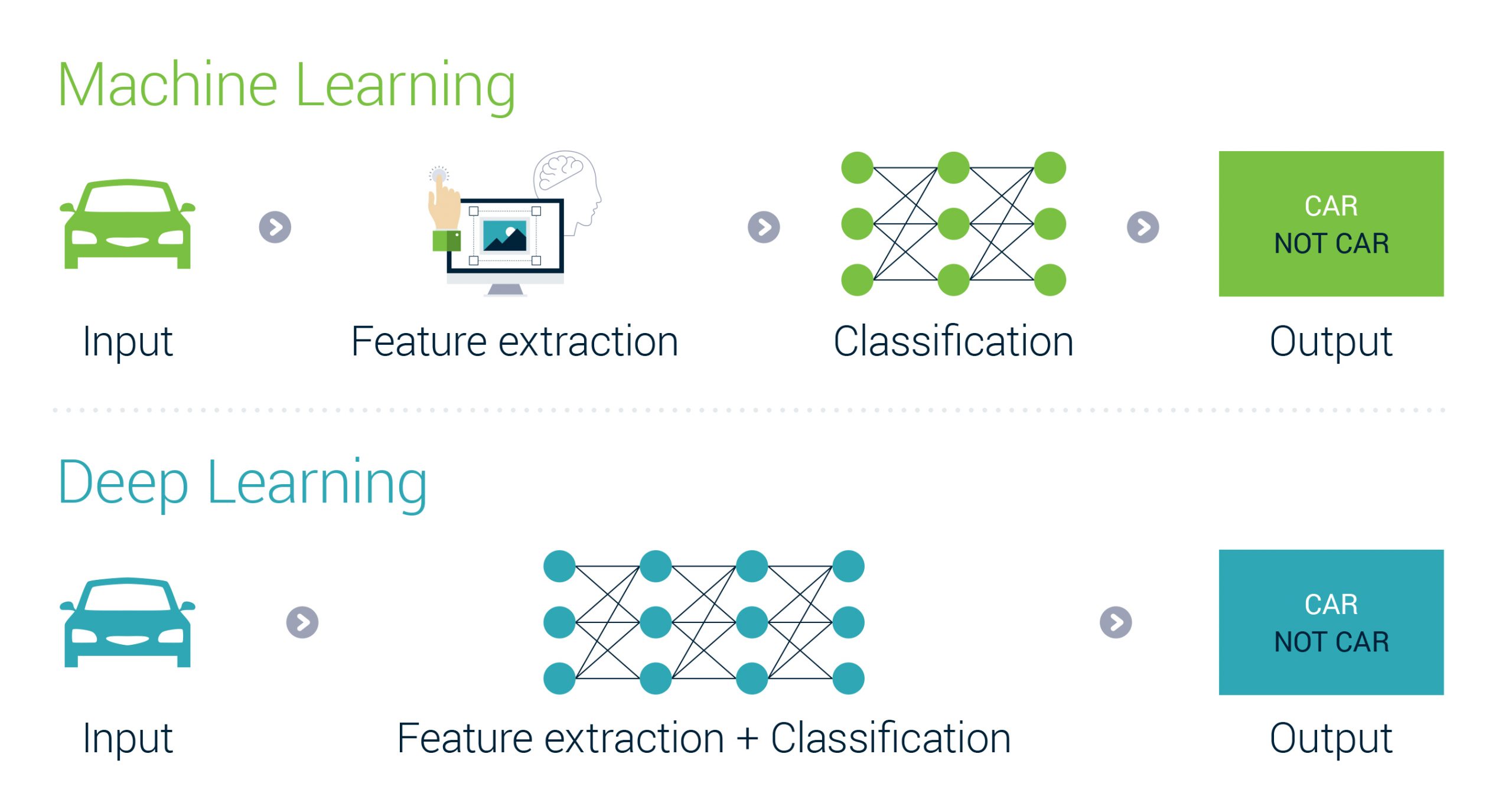
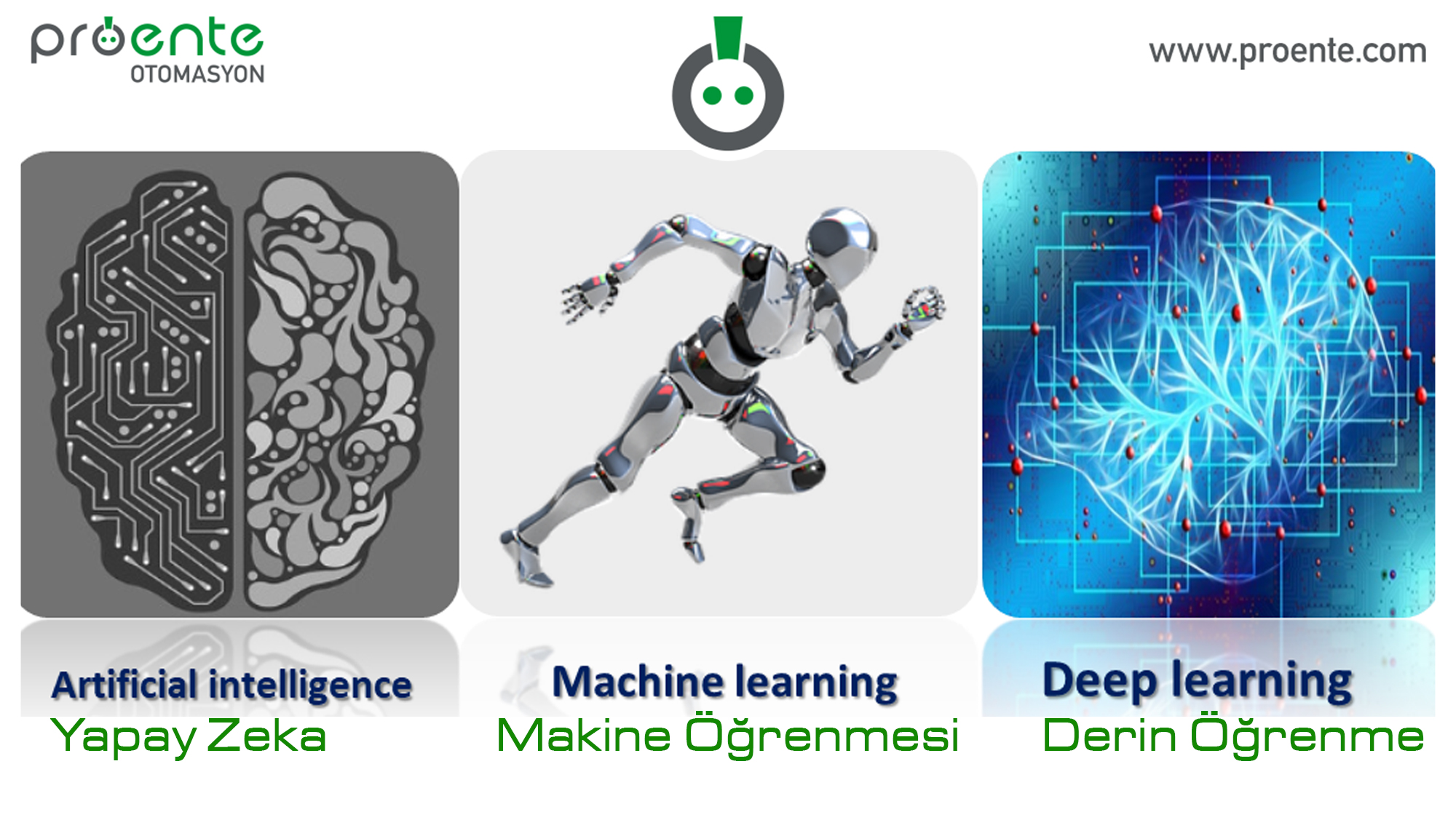
Artificial Intelligence: More than Just Automation
We have witnessed how automation increased productivity and efficiency in recent years. By 2020, artificial intelligence will become an effective tool to support human creativity and generate new values. Systems that combine human skills with artificial intelligence will transform the human-machine relationship, avoid operational complexity in the workspace, and take the human experience to the next level. Artificial intelligence will be used as a dynamic tool to improve the functioning of institutions, and this will open up further discussions about the economic and social implications of technology.
Artificial Intelligence will go beyond image recognition, voice recognition and recommendation systems, it will directly change the business models. As we try to reach the full potential of the artificial intelligence and human collaboration, new systemic approaches will develop.
Fjord, a global design and innovation consulting company, states that design will improve people & AI partnership in terms of improving human experience, dealing with complex systems and foreseeing innovative products / services.
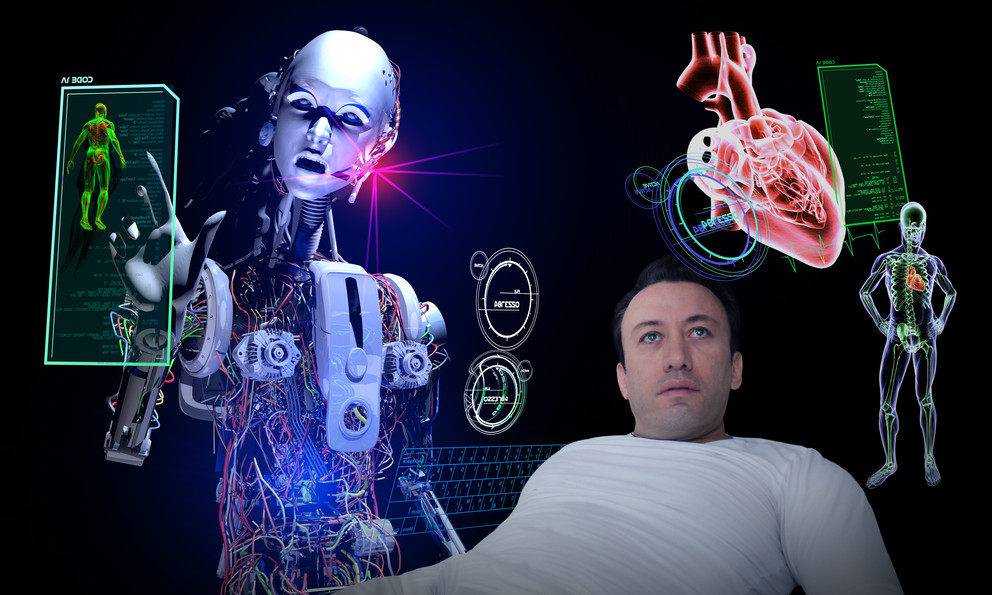
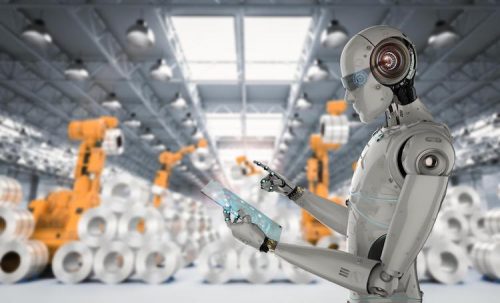
1- Expanding Human Perceptions Beyond Physical Reality
Artificial intelligence can be used to enhance our vision and enrich our way of understanding the world. Google Lens uses visual analysis method and image scanning, changing the way we perceive the objects around us.
2- Complex Problem Solving
Digital transformation and globalization have speeded up the business infrastructure, deepened its complexity and expanded its scale. Therefore, large organizations now have teams of data scientist and engineers. Tokyo Railways Technical Research Institute uses artificial intelligence to deal with train delays. AI-powered tools and services help understand the operation within a complex and dynamic system and allow for time optimization.
3- Simulation, Decision Making and Creating Innovative Opportunities
Various organizations use AI to accelerate the design and development process of new products, services, and business models. Finch, an architectural tool, allows architects to build different design systems by automatically re-arranging the installation when a building’s dimensions are adjusted. MakerSights is an AI-decision engine which brings together the customer’s desires and the brand. It gives insights on which styles will work better on the market. Finally, Klydo helps to identify, prioritize and approve innovative opportunities by using AI technology.
The future business trends will surely be determined by intelligent production technologies, consumption culture and emerging design approaches. With that said, the value of design is greater and more critical than ever. As in the era of Industry 4.0, where robots are already central in the production system, technology for sake of itself has become meaningless. The rise of awareness for alternative values around the globe pushes us to search new meanings for technology in terms of humanity, society and the planet.
ARMAN DESIGN
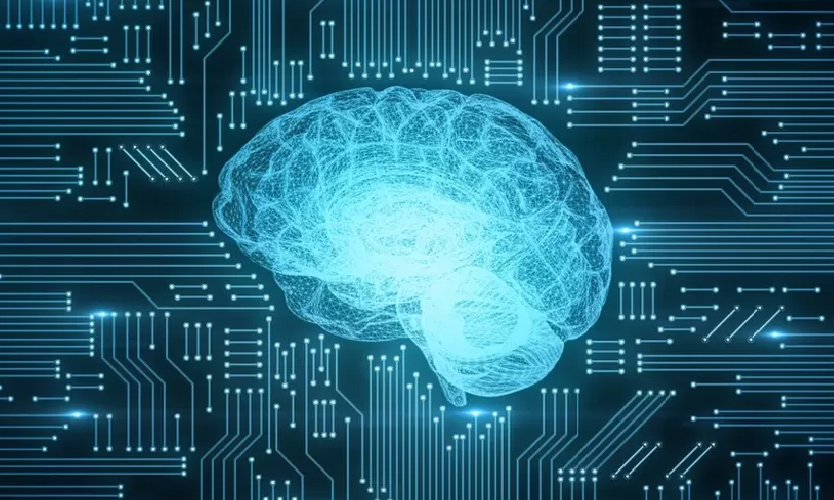 Primitive Use of Artificial Intelligence: A Look from Past to Present
Primitive Use of Artificial Intelligence: A Look from Past to Present 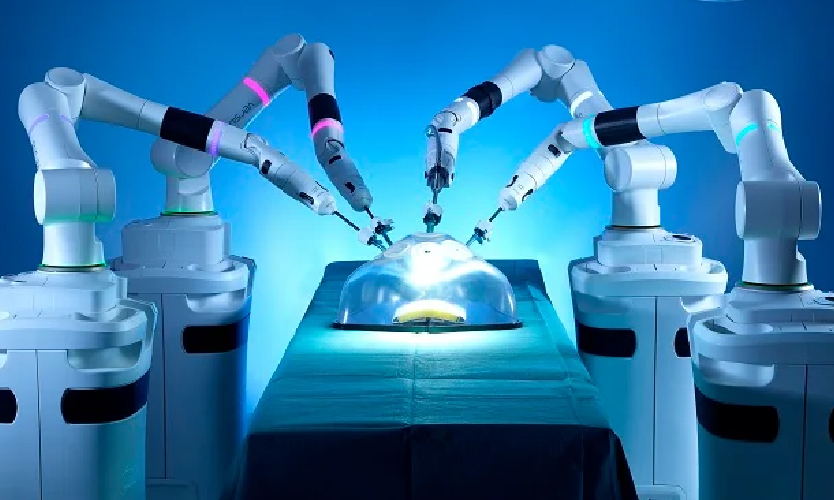 The Future of Medical Design
The Future of Medical Design  A Night Full of Prizes: Celebrating 4 Wins at iF Design Awards 2023
A Night Full of Prizes: Celebrating 4 Wins at iF Design Awards 2023